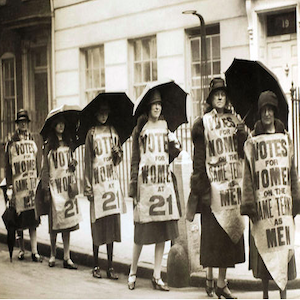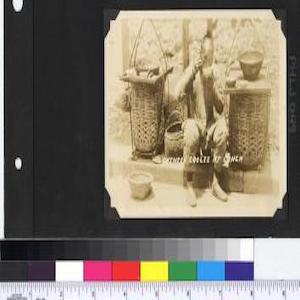Browse
Trade

Review
Southeast Asia in the Ming Shi-lu
A legendary repository for scholars of Southeast Asia and researchers interested in the Chinese World Order, Southeast Asia in the Ming Shi-lu is a veritable treasure trove of information on a dynamic region during a period of transcendental change.
Review
Coins
Well worth its weight in gold—or silver seeing as most of the coins in the collection were made out of it—Coins is perhaps the pre-eminent example of digitisation and visualisation done right. It synthesises academic rigour, curatorial thoroughness, and a spirit of playfulness to bring cold, hard
Review
LSE Digital Library
The LSE Digital Library is an important and valuable archive chronicling not just the history of a storied institution but also British and global history more broadly.
Review
Philippine Photographs Digital Archive
A simple yet powerful database that captures the intricacies of the relationship between the United States and the Philippines, the Philippine Photographs Digital Archive provides an important lens with which one can view changes in Filipino life over time.
Review
What's on the Menu?
A delectable slice of the internet that serves up tasty morsels of the culinary history of New York, What’s on the Menu? is a fusion of digital archive and collaborative transcription project that is equal parts brilliant, mouth-watering, and historically significant.
Review
Slave Societies Digital Archive
By giving endangered historical records a permanent (digital) home, it plays an invaluable role in ensuring that the lives and stories of millions of African men, women, and children who suffered the indignities of the Atlantic slave trade will not be lost to the ravages of time.
Review
Beyond the Bubble
Beyond the Bubble is a fantastic initiative that provides educators with an array of thoughtful and easily implementable history assessments.
Review
Logan Museum of Anthropology
With almost 5000 items digitised at the moment and more to come in the near future, this will definitely be a useful site to keep an eye on.
Review
Ottoman History Podcast
The podcast could serve as a useful tool for scholars of the Ottoman Empire to stay up-to-date on scholarship, for professors in other areas to broaden their knowledge of the Ottoman Empire and establish relevant connections, and for students to engage in analysis of “texts” beyond the written word.
Source
Hernán Cortés: Second Letter to Emperor Charles V, 1520
This text is an excerpt of a letter sent from Spanish conquistador Hernán Cortés to the Spanish King, Charles V, in 1520.